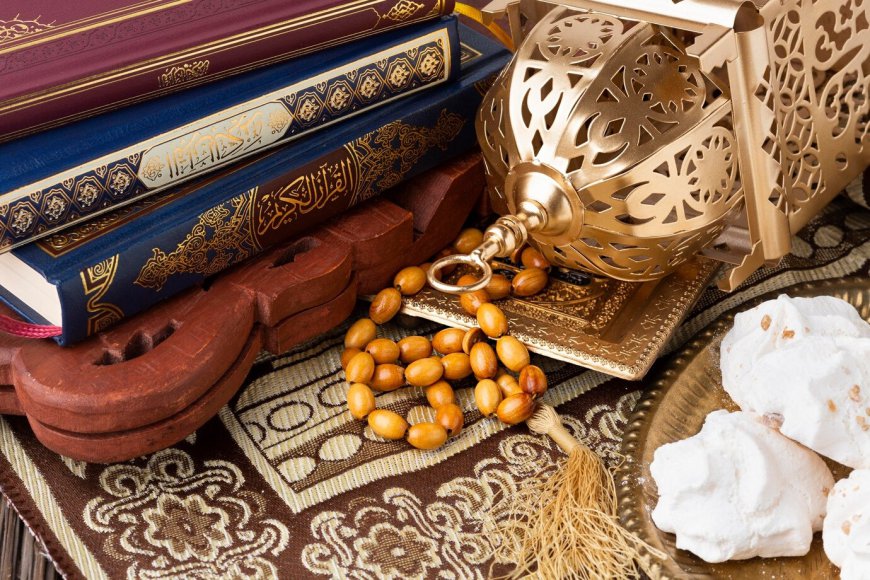"The Essential Guide: Fundamentals of Classical Arabic"
Arabic, with its deep historical roots and widespread contemporary use, is a language of immense richness and significance. Classical Arabic, in particular, serves as the foundation for understanding the Quran, classical literature, and much of the cultural heritage of the Arab world. In this article, we will delve into the fundamentals of Classical Arabic, exploring its structure, key components, and the importance of mastering this venerable language.

-
1. The Origins and Significance of Classical Arabic
-
2. The Building Blocks: Grammar and Syntax
-
3. The Beauty of Calligraphy and Pronunciation
-
4. Vocabulary Enriched by History and Tradition
-
5. Practical Applications: Beyond the Quran
-
6. The Journey of Learning: Resources and Strategies
Arabic, with its deep historical roots and widespread contemporary use, is a language of immense richness and significance. Classical Arabic, in particular, serves as the foundation for understanding the Quran, classical literature, and much of the cultural heritage of the Arab world. In this article, we will delve into the fundamentals of Classical Arabic, exploring its structure, key components, and the importance of mastering this venerable language.
1. The Origins and Significance of Classical Arabic
Classical Arabic, also known as Fus-ha, is the linguistic form preserved in the Quran, the holy book of Islam. Its roots can be traced back to the Arabian Peninsula, where it emerged as a refined and eloquent language, capable of conveying intricate meanings with precision. Understanding Classical Arabic is not just a linguistic pursuit; it is a gateway to comprehending the cultural, religious, and literary heritage of the Arab world.
2. The Building Blocks: Grammar and Syntax
At the core of mastering Classical Arabic lies a profound grasp of grammar and syntax. The language is characterized by its intricate system of roots, patterns, and verb conjugations. Nouns, verbs, and particles play crucial roles in sentence construction. Exploring the nuances of grammatical rules, such as case endings and verb forms, is essential for anyone seeking a deep understanding of Classical Arabic.
3. The Beauty of Calligraphy and Pronunciation
The aesthetics of Arabic calligraphy are inseparable from the language itself. The artistry of written Arabic has been celebrated for centuries, with each stroke of the pen reflecting the grace and beauty of the words. Alongside calligraphy, pronunciation holds a pivotal role. The phonetics of Classical Arabic demand precision, and a mastery of the correct articulation of letters and sounds is imperative for effective communication.
4. Vocabulary Enriched by History and Tradition
The lexicon of Classical Arabic is a treasury enriched by centuries of cultural and historical evolution. Words often carry layers of meaning, capturing the essence of Arab civilization. Studying the vocabulary of Classical Arabic opens a window into the past, providing insights into the lives, beliefs, and aspirations of the people who have spoken this language across the ages.
5. Practical Applications: Beyond the Quran
While Classical Arabic is the language of the Quran, its relevance extends far beyond religious contexts. Proficiency in Classical Arabic enhances one's ability to engage with classical literature, poetry, and historical texts. Moreover, it is a skill highly valued in diplomatic, academic, and business circles across the Arab world.
6. The Journey of Learning: Resources and Strategies
Embarking on the journey to master Classical Arabic requires dedication and effective learning strategies. A plethora of resources, including textbooks, online courses, and language exchange programs, are available to support learners. Immersion in the language through reading, listening, and conversing is key to developing a natural and intuitive command of Classical Arabic.
Conclusion: Unveiling the Essence of Classical Arabic
In conclusion, the fundamentals of Classical Arabic offer a pathway to unlocking the profound beauty and depth of the language. From its historical origins to the intricacies of grammar and syntax, every aspect contributes to a holistic understanding of Arabic culture and heritage. Whether one's motivation is rooted in religious exploration, academic pursuits, or a desire for cross-cultural communication, the study of Classical Arabic proves to be a journey of enrichment and enlightenment.


 seek_ilm
seek_ilm